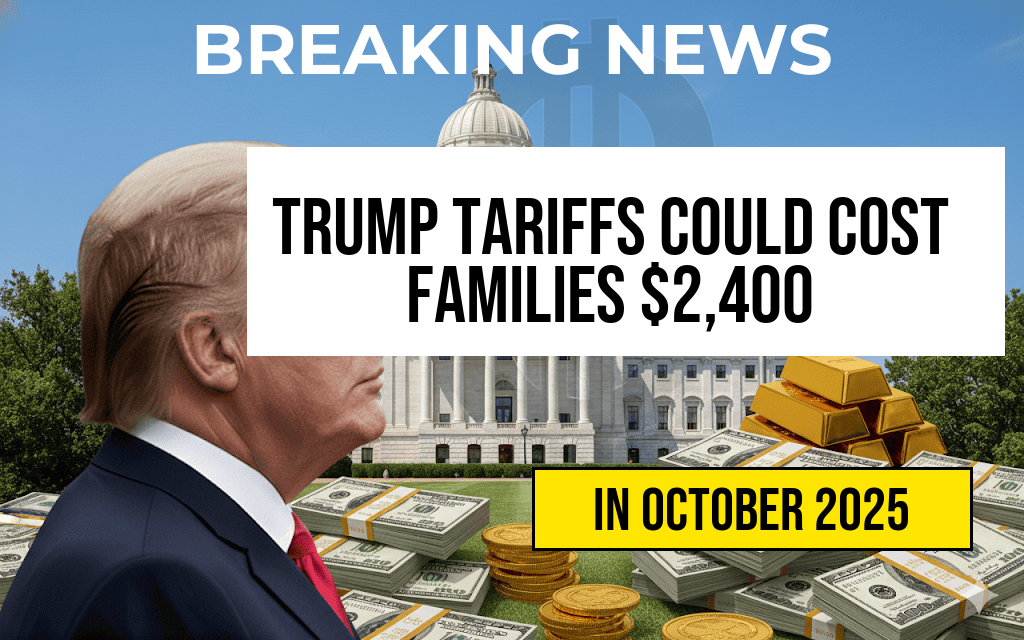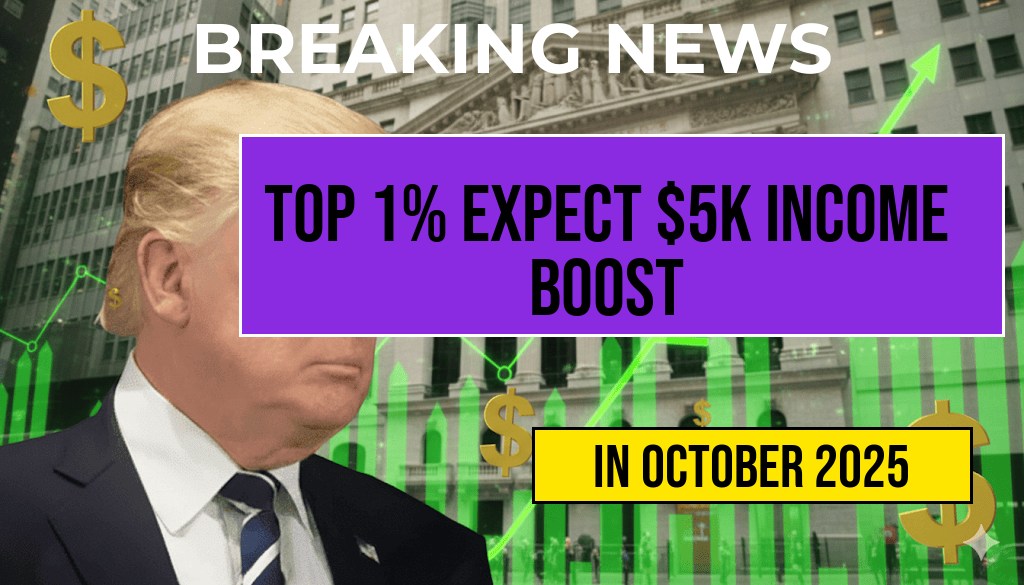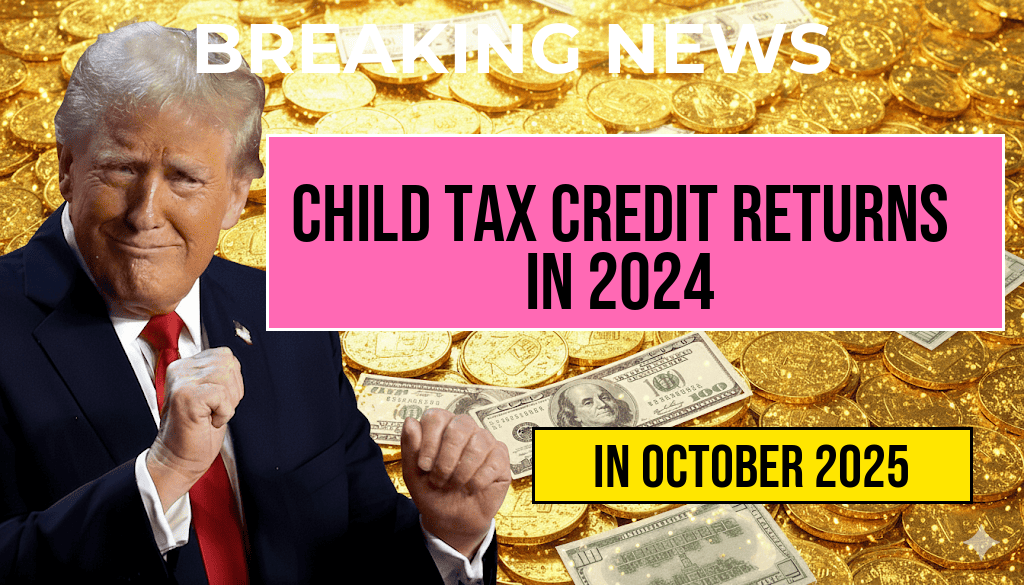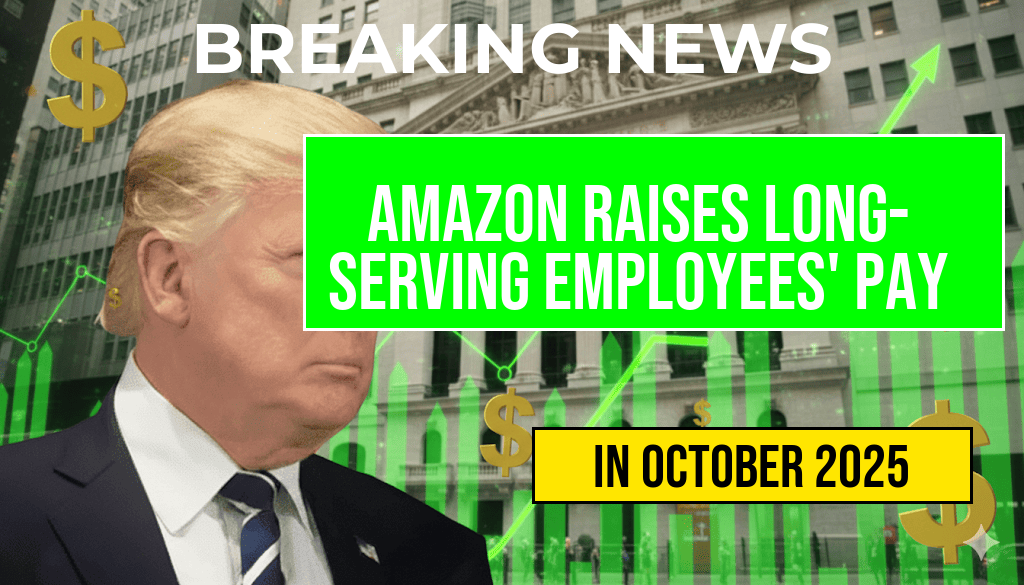Recent policy proposals are raising concerns among economic analysts and middle-class Americans alike, as preliminary forecasts suggest that the average household income could decline by approximately $1,300 in 2027. This potential reduction stems from a combination of legislative changes targeting tax structures, social welfare programs, and regulatory reforms that could disproportionately impact middle-income earners. While policymakers debate the benefits of these measures, critics warn that such shifts may widen income inequality and strain household budgets, threatening the economic stability of millions of middle-class families across the United States.
The Proposed Policies and Their Economic Implications
Tax Reforms and Revenue Adjustments
One of the central elements fueling these projections involves proposed adjustments to federal tax policies. The administration’s plan aims to increase corporate taxes and eliminate certain deductions favored by middle-income households. According to estimates from the Congressional Budget Office (CBO), these changes could reduce disposable income for typical middle-class families by roughly $1,300 annually by 2027.
| Policy Measure | Estimated Income Reduction |
|---|---|
| Increased Corporate Tax Rate | $500 |
| Elimination of Middle-Income Deductions | $400 |
| Adjustment in Social Welfare Funding | $400 |
Social Welfare and Benefit Modifications
Another significant factor is the proposed restructuring of social programs such as the Child Tax Credit and Medicare benefits. Critics argue that tightening eligibility or reducing benefit levels will directly impact household income, especially for families balancing multiple dependents and fixed budgets. The Congressional Research Service (CRS) warns that such changes could lead to a decline in real income for middle-income households by up to 10% when accounting for inflation and increased costs of living.
Potential Impact on Middle-Class Families
Household Budget Strain
With the projected income decrease, many middle-class families may face tighter budgets, leading to reduced savings, delayed home purchases, or increased reliance on credit. For example, a household earning around $65,000 annually could see its purchasing power diminish, making it more difficult to afford essentials such as housing, healthcare, and education.
Widening Income Inequality
This policy trajectory risks exacerbating existing economic disparities. Experts warn that lower-income middle-class families could slip further into financial instability, while wealthier segments remain relatively insulated. The Urban Institute suggests that such shifts could reverse gains made over the past decade in narrowing income gaps, potentially fueling social and economic tensions.
Counterarguments and Policy Perspectives
Arguments in Favor of Proposed Reforms
- Fiscal Responsibility: Proponents argue that these reforms are necessary to reduce the federal deficit and fund critical infrastructure projects.
- Economic Growth Stimulus: Supporters claim that increased corporate taxes will lead to greater investments and job creation, ultimately benefiting the broader economy.
- Fairer Tax System: Advocates contend that closing loopholes and adjusting deductions will create a more equitable tax structure that better reflects income distribution.
Concerns from Critics
- Middle-Class Erosion: Critics warn that the policies primarily burden middle-income families without delivering the promised economic growth.
- Reduced Consumer Spending: Lower disposable incomes could dampen consumer spending, slowing economic expansion.
- Long-Term Inequality: There is apprehension that such measures could entrench economic disparities, undermining social mobility.
Broader Economic Context and Future Outlook
The projected income decline coincides with ongoing discussions about inflation, supply chain disruptions, and labor market shifts. While some experts see these policy proposals as necessary steps toward fiscal sustainability, many emphasize the importance of safeguarding middle-class stability to maintain economic resilience. As Congress continues to debate the details, the ultimate impact on household incomes will depend heavily on legislative outcomes and implementation strategies.
For a comprehensive understanding of the economic implications, refer to analyses from sources such as Wikipedia’s overview of the U.S. economy and Forbes’ coverage of fiscal policy debates (https://www.forbes.com).
Frequently Asked Questions
What are the main policies threatening the middle class’s income?
The new policies include tax increases and reduction in social benefits, which could significantly lower the average income of the middle class by $1,300 in 2027.
How will these policies impact the middle class financially?
These policies are expected to lead to a decrease in disposable income for the middle class, making it more challenging to cover everyday expenses and maintain their current standard of living.
When are these policy changes expected to take effect?
The policy implementation is projected to occur in 2027, with the most significant income reductions anticipated during that year.
Who will be most affected by these policy changes?
The middle-income households will be most impacted, as the policies are designed to target income brackets that fall within the middle class range, potentially reducing their net earnings.
Are there any measures or actions suggested to protect the middle class?
Experts recommend advocacy and policy engagement to influence lawmakers, as well as financial planning strategies to mitigate the impact of these potential income reductions.








